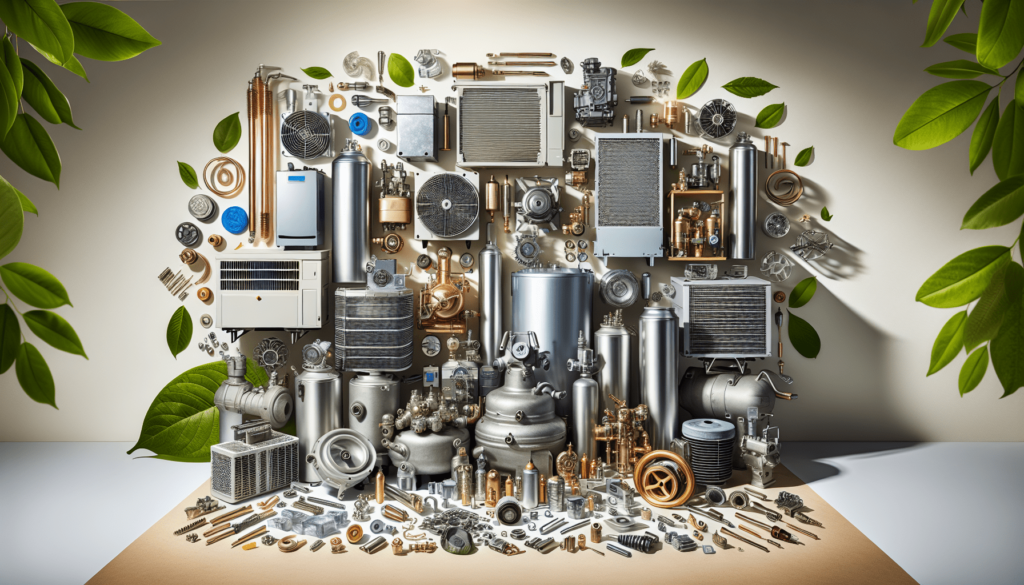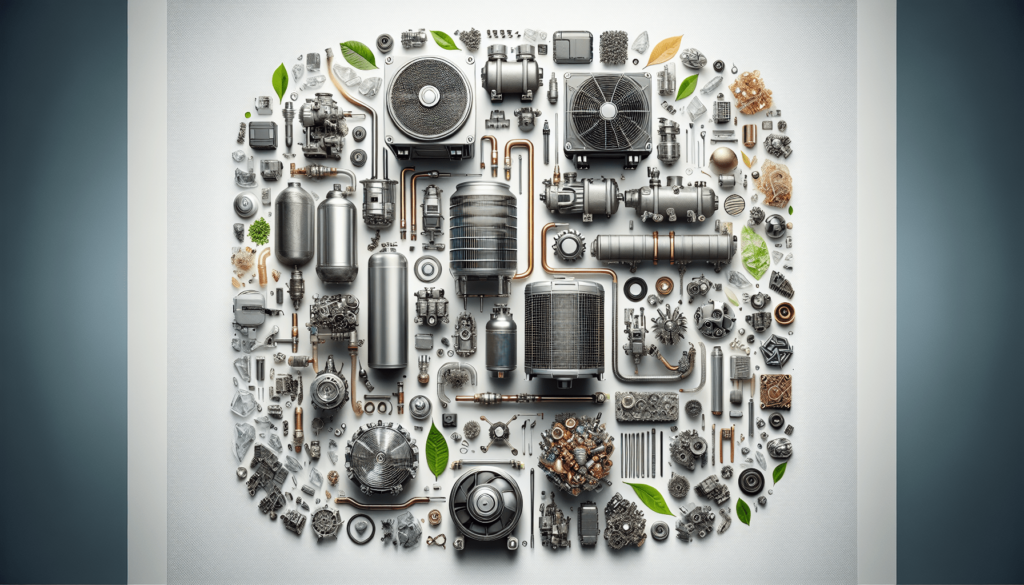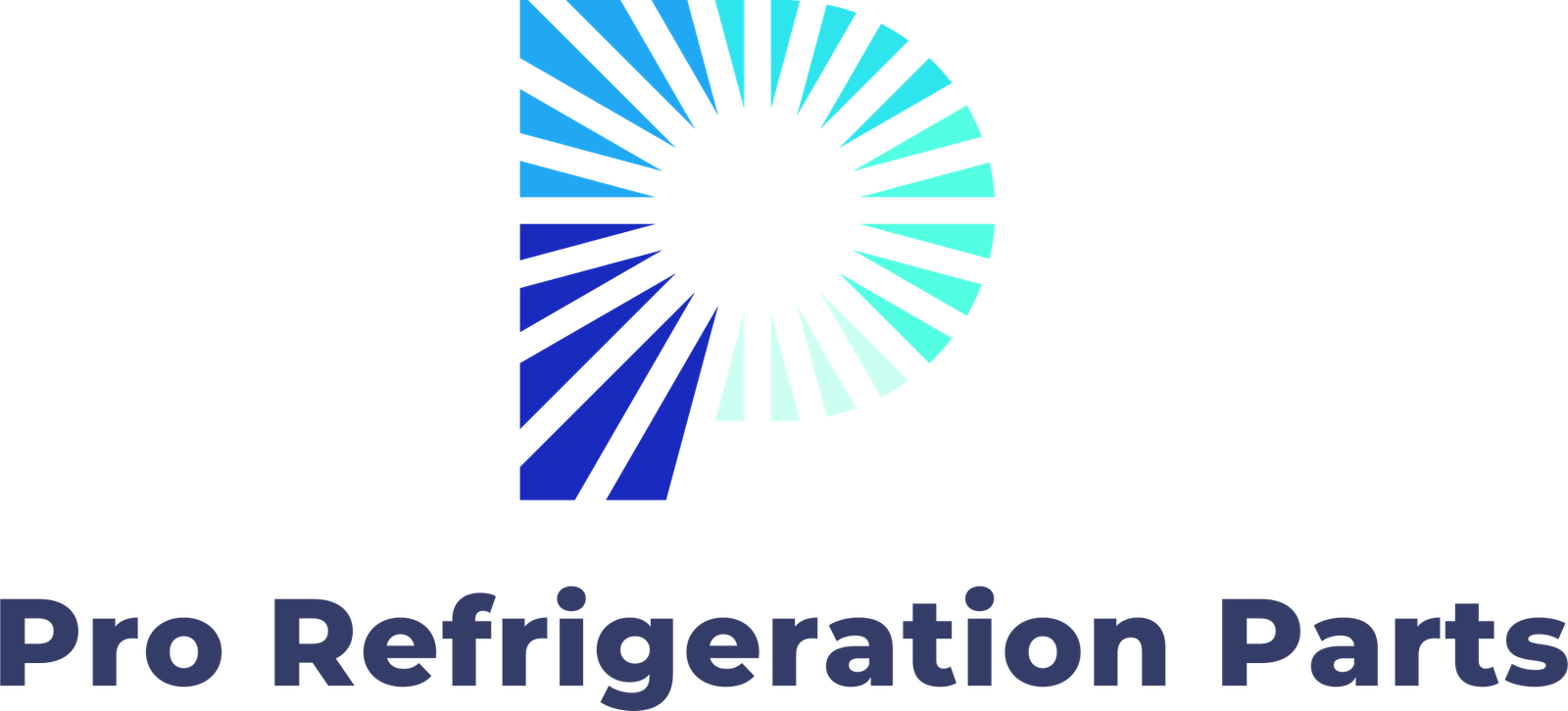True Cooler Parts: How To Properly Dispose Of Hazardous Materials
Have you ever thought about what happens to hazardous materials when you’re done with them? Understanding how to properly handle these wastes, especially when it comes to components like True cooler parts, is crucial for both your safety and the environment.

Understanding Hazardous Materials
Hazardous materials are substances that pose a risk to health, safety, property, or the environment. They can be present in your home, workplace, and even in the products you use daily. Therefore, being informed about how to identify and dispose of these substances is essential.
What Qualifies as Hazardous?
Hazardous materials can generally be classified into several categories:
- Toxic: These can cause harm or death if inhaled, ingested, or absorbed through the skin.
- Corrosive: These materials can severely damage living tissue, metals, and other materials.
- Flammable: Substances that can easily ignite and combust, creating fire hazards.
- Reactive: These materials can undergo a chemical reaction that poses a danger to people or the environment.
Understanding these categories will help you better identify hazardous materials in your surroundings, particularly when dealing with appliances like True coolers.
Why Proper Disposal Matters
Why should you care about disposing of hazardous materials properly? The reasons are clear and compelling.
Environmental Protection
Improper disposal can lead to soil, water, and air contamination. This poses a significant risk to wildlife and ecosystems. For example, if a cooling unit contains refrigerants that are leaked into the environment, it can contribute to global warming and ozone layer depletion. Treating hazardous materials responsibly helps preserve our planet for future generations.
Public Safety
Disposing of hazardous materials improperly can endanger not just you, but also your community. A small spill or a leak in the wrong place can lead to bigger issues for everyone around you. By following proper disposal methods, you contribute to a safer environment for everyone.
Legal Consequences
There can be legal repercussions for improper disposal of hazardous materials. Governments have regulations in place to protect both public health and the environment. Not adhering to these laws can lead to fines or even criminal charges.
True Cooler Parts: Why They Can Be Hazardous
True coolers are essential appliances in many businesses, especially in restaurants or grocery stores, where they maintain the temperature of perishable goods. However, they contain several components that can be hazardous when disposed of incorrectly.
Refrigerants
One of the most significant hazardous materials found in True cooler parts is refrigerants. These chemicals are vital for cooling but can be damaging to the environment if released. Common refrigerants include hydrofluorocarbons (HFCs), which can contribute to greenhouse gas emissions.
Oils and Lubricants
Coolers typically contain oils and lubricants that can be harmful if released into the environment. These substances can contaminate soil and water sources, posing risks to both human health and wildlife.
Electrical Components
The electrical parts of True coolers can also present hazards. Heavy metals such as lead and mercury can be found in old electrical appliances. Proper disposal of these components is necessary to prevent potential exposure to these toxic materials.
How to Properly Dispose of Hazardous Materials
Now that you’re aware of what can be hazardous within True cooler parts, it’s time to focus on the best methods for properly disposing of these materials.
Identify Local Regulations
The first step is to familiarize yourself with local regulations regarding hazardous waste disposal. Every state or region may have different rules, and being informed can save you from potential legal trouble. Check your local government or environmental agency’s website for guidelines.
Use Manufacturer Resources
Many manufacturers, including those that produce True coolers, offer recycling or disposal programs for their equipment. Check the brand’s website or contact customer service to find out what options are available specific to your cooler.
Recycling Programs
Many communities have established recycling programs designed for specific hazardous materials. You should look into whether your municipality has a program in place for disposing of refrigerants, oils, and electrical components.
Professional Disposal Services
If you’re unsure how to tackle the disposal of hazardous materials safely, consider hiring a professional service. These specialists are trained to handle hazardous waste and ensure it’s disposed of correctly.
Household Hazardous Waste (HHW) Collection Events
Times are set aside in many communities for residents to dispose of hazardous waste safely. These events typically occur on designated days and can offer residents the chance to get rid of hazardous materials without any cost. Make sure to check your local community calendar for these opportunities!

Steps to Dispose of True Cooler Parts
When it comes time to dispose of your True cooler, here are the exact steps you should follow to do so responsibly.
Step 1: Empty the Unit
Before disposing of any True cooler, make sure to empty it completely. Take out all food items and perishables. This helps ensure that hazardous materials are not mixed or contaminated with organic waste.
Step 2: Disconnect the Appliance
Safely turn off the cooler and unplug it from the outlet. Ensure that you follow the manufacturer’s instructions for disconnection.
Step 3: Remove Hazardous Components
- Refrigerants: Engage a licensed technician to recover the refrigerant from the cooler safely. Never try to remove refrigerants yourself, as this can lead to serious breathing hazards and environmental damage.
- Oils and Lubricants: Collect any oil or lubricant used in the unit. These should also be disposed of at a designated hazardous waste location.
Step 4: Prepare Electrical Components
Many electrical parts need to be disposed of carefully due to the heavy metals they may contain. Remove any circuit boards or wires and check with your local municipality on how to dispose of these items properly.
Step 5: Recycle Materials
The remaining parts of the True cooler, such as metal or plastic, should be recycled whenever possible. Many recycling centers have specific guidelines for appliance components, so make sure to check in advance.
Step 6: Document the Process
If you use a professional disposal service or attend a hazardous waste collection event, keep receipts and documents as proof of your responsible disposal. It can be beneficial for future disposal tasks or if inquiries arise regarding your waste management practices.
Additional Tips for Handling Hazardous Materials
Handling hazardous materials isn’t just about disposal; it’s also about prevention and safety.
Personal Protective Equipment (PPE)
When working with hazardous materials, always wear appropriate PPE. This includes gloves, masks, and goggles, depending on the nature of the material. Protecting yourself should never be overlooked.
Avoid Mixing Chemicals
Never mix hazardous materials. This practice can create dangerous reactions that pose risks to you, your neighbors, and the environment.
Report Spills Immediately
If you accidentally spill any hazardous material, report it to local authorities immediately. The sooner the situation is dealt with, the less risk there is to people and the environment.
Educate Others
Share your knowledge about hazardous materials with friends, family, or coworkers. The more people understand how to handle and dispose of these materials safely, the better.
Conclusion
Understanding how to properly dispose of hazardous materials is a responsibility you shouldn’t take lightly. Whether you’re dealing with True cooler parts or any other type of hazardous substance, knowing the rules and best practices is vital for your safety and that of your community.
By staying informed, using the resources available to you, and taking the necessary precautions, you can contribute positively to environmental safety and sustainability. Each step you take in proper disposal matters, and your actions can lead to a healthier planet for all.
